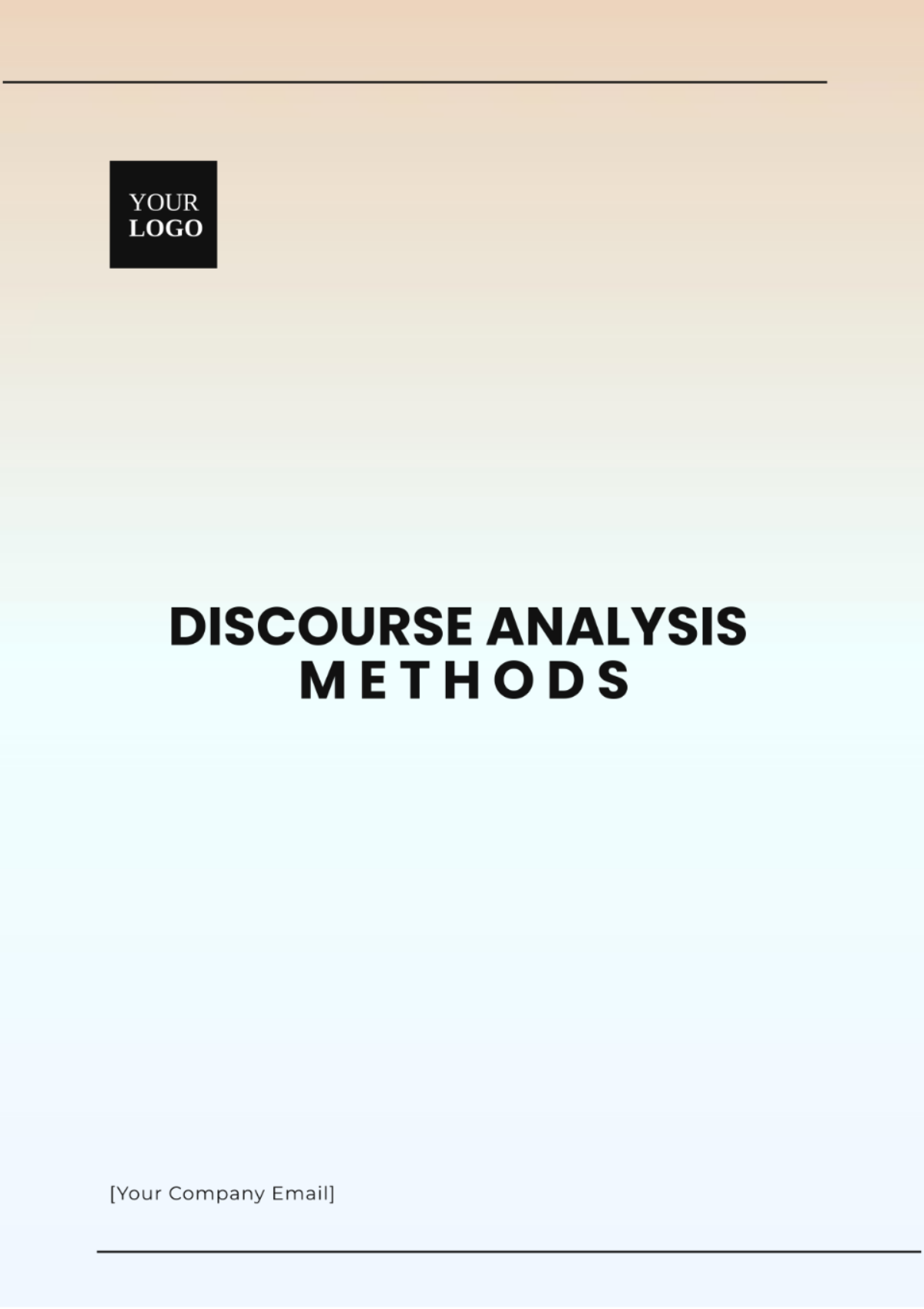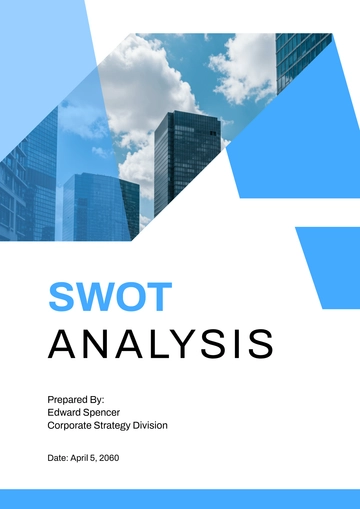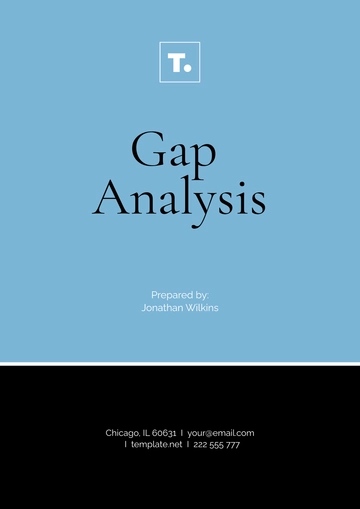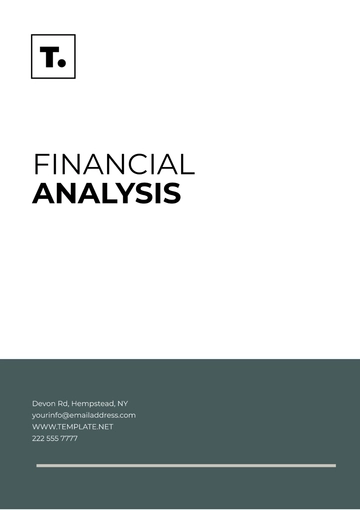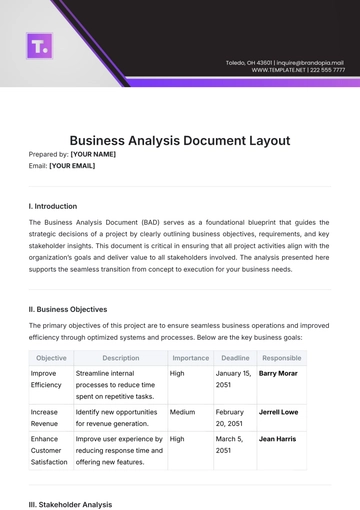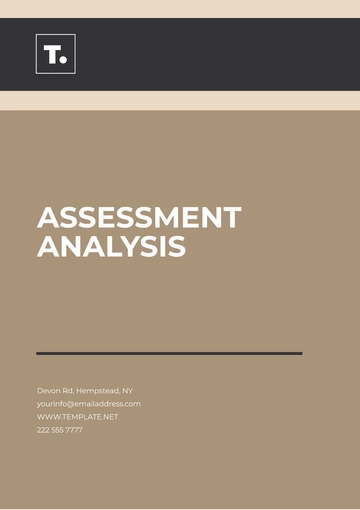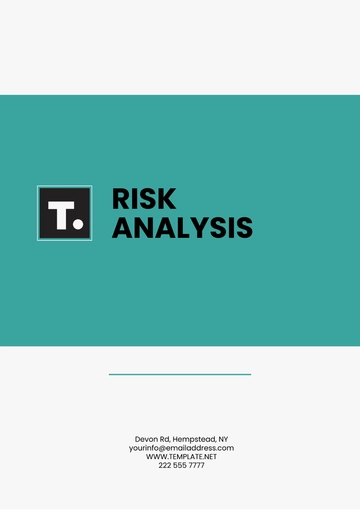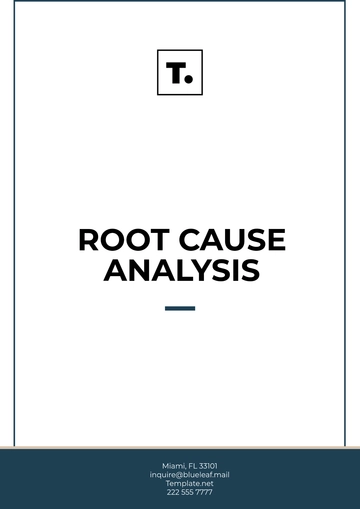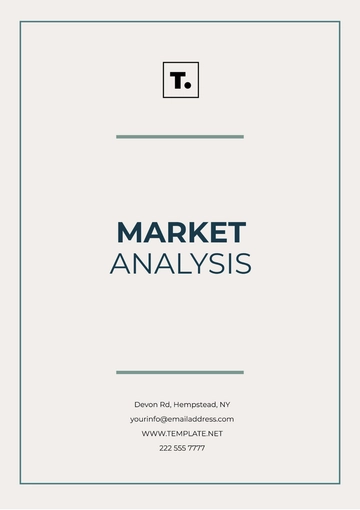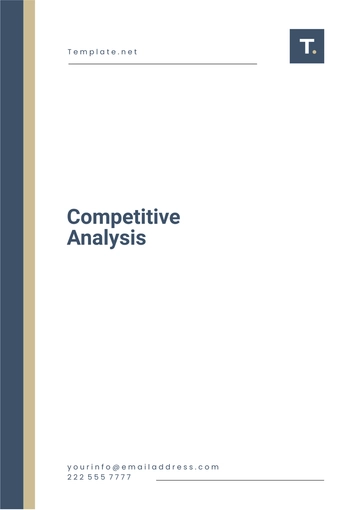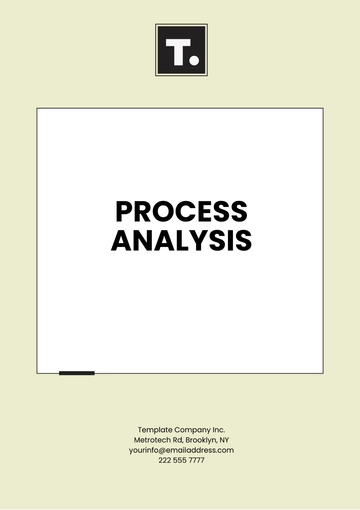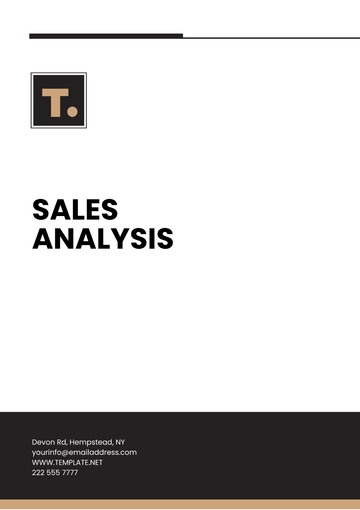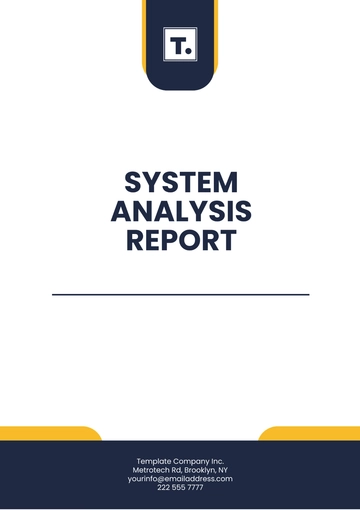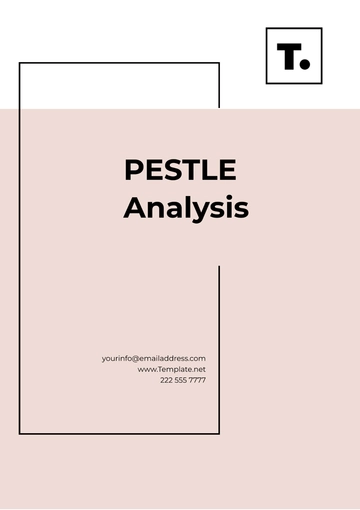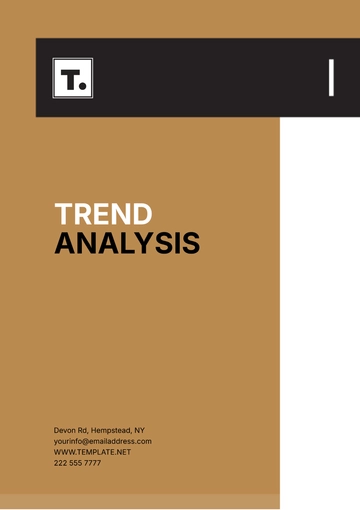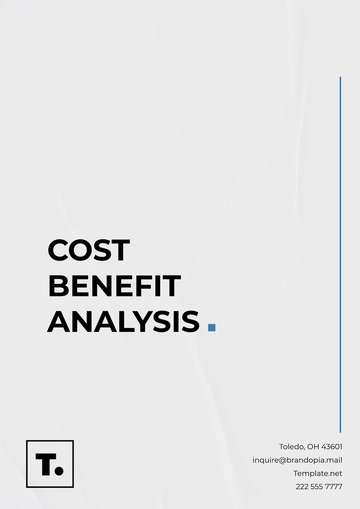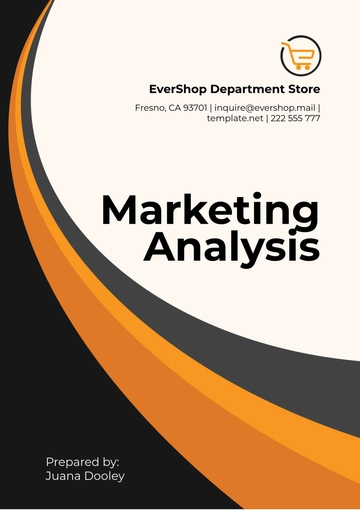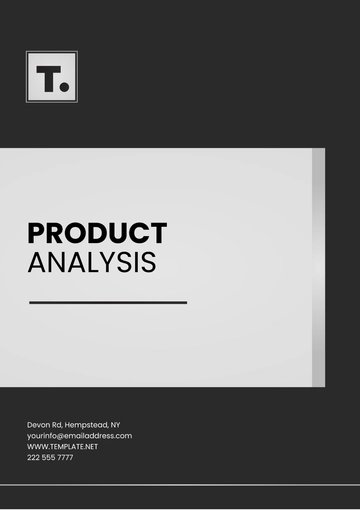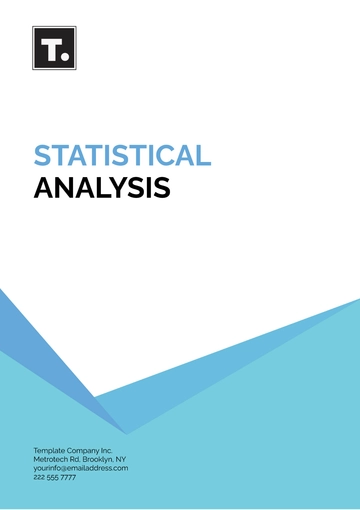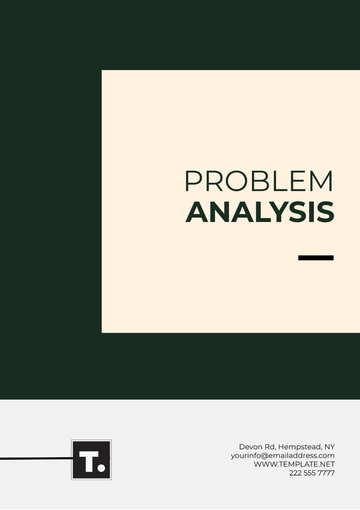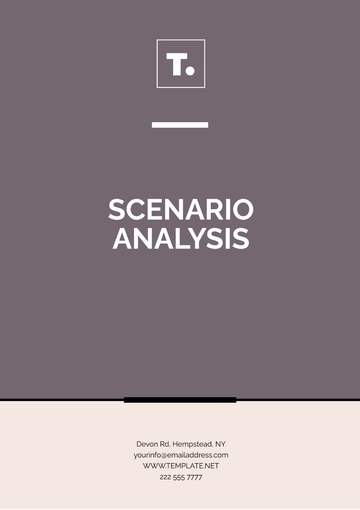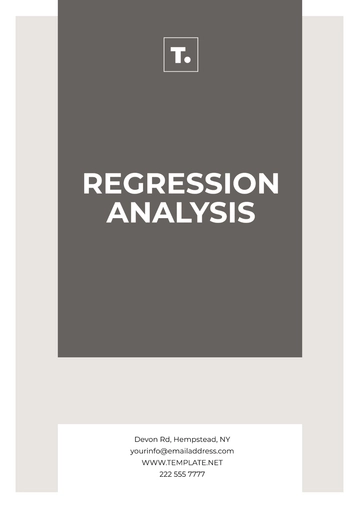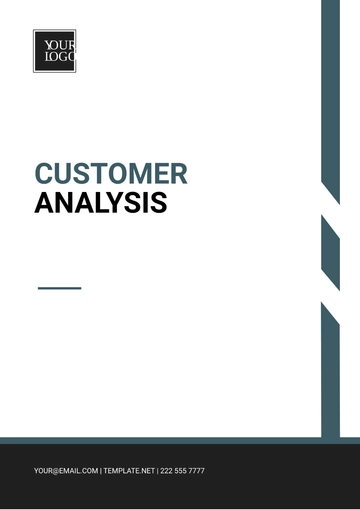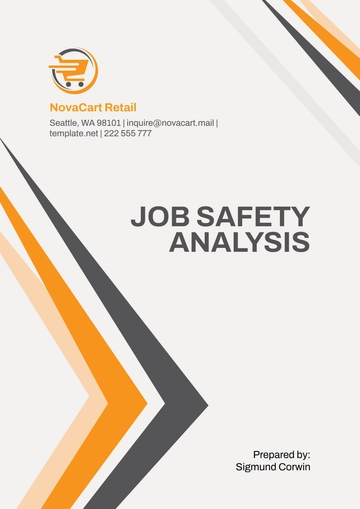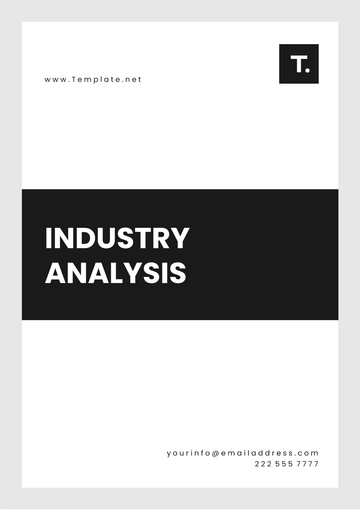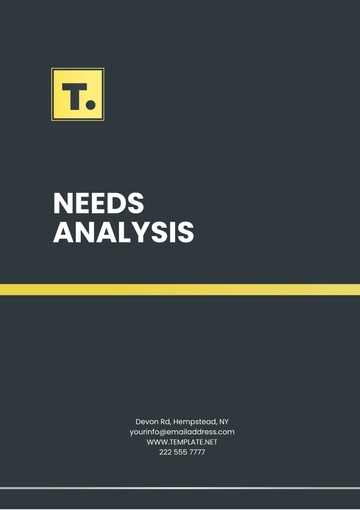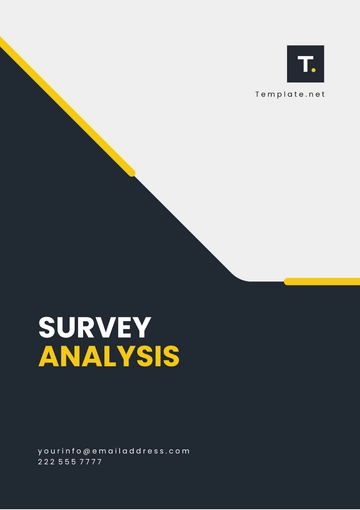Discourse Analysis Methods
Prepared By: [YOUR NAME]
Date: [DATE]
I. Introduction
The research problem addressed in this study involves understanding how language and communication shape, and are shaped by, social interactions and power structures. The primary objective is to apply various discourse analysis methods to uncover the underlying patterns and meanings in different types of texts and communications.
II. Literature Review
Existing research on discourse analysis spans several theoretical frameworks and methodologies. Key theories include Michel Foucault's notion of discursive formations, Norman Fairclough's critical discourse analysis (CDA), and Teun A. van Dijk's socio-cognitive approach. These frameworks emphasize the interplay between language, power, and society, providing a foundation for understanding the complexities of discourse.
Theory | Key Proponent | Core Concept |
|---|
Discursive Formations | Michel Foucault | How discourse shapes and constrains knowledge and power relationships. |
Critical Discourse Analysis (CDA) | Norman Fairclough | Analyzing the role of language in social processes, notably in the exertion of power. |
Socio-Cognitive Approach | Teun A. van Dijk | Understanding how discourse reflects and constructs social cognition. |
III. Methodology
The study uses a mixed-methods approach to discourse analysis, combining qualitative and quantitative techniques for a thorough understanding of language use:
Textual Analysis: Examines texts to identify recurring themes, narratives, and rhetorical strategies, revealing how language constructs meaning and influences perception.
IV. Data Collection
The research data has been carefully collected from a broad and varied range of sources, covering multiple origins. This comprehensive gathering involved sources like:
Written Texts: Articles, books, and other published materials, sourced from libraries, academic databases, and online platforms.
Spoken Recordings: Interviews, speeches, and other audio sources, which are recorded and meticulously transcribed for analysis.
The process of collecting and organizing data involves many detailed and careful steps, which are varied and specific.
V. Analysis
The analysis integrates both manual and software-assisted techniques, employing the following methods:
Statistical Analysis: Utilizes software tools such as NVivo and Python libraries for quantitative analysis, revealing patterns, frequencies, and trends within large text corpora.
VI. Results
Recurring Themes: Common themes, including identity, authority, and resistance, emerge across various texts, illustrating how these concepts are consistently represented and negotiated through discourse.
Linguistic Patterns: Specific linguistic features, such as metaphors and euphemisms, are identified as tools used to influence and shape perceptions and opinions, demonstrating the strategic use of language to affect interpretation and understanding.
VII. Discussion
The findings are interpreted in the context of existing literature and theoretical frameworks:
Alignment with Foucault’s Theories: The results corroborate Foucault’s theories on discourse and power, demonstrating how language functions as a mechanism for both control and resistance, shaping and reinforcing power dynamics.
Support for Fairclough’s Critical Discourse Analysis (CDA): The identification of recurring themes underscores Fairclough’s CDA, illustrating how discourse constructs and maintains social reality, reflecting and influencing power structures.
Conformance with van Dijk’s Socio-Cognitive Approach: The observed linguistic patterns align with van Dijk’s socio-cognitive framework, indicating that underlying cognitive structures drive and shape discursive practices, reflecting shared social understandings.
VIII. Conclusion
This study contributes to the field of discourse analysis by demonstrating the applicability of various methods in uncovering the nuanced ways language influences social structures. The insights gained suggest avenues for future research, notably in the realms of digital and multimodal discourse. Further research could explore the dynamic interplay between emerging digital discourses and traditional power structures.
Analysis Templates @ Template.net
